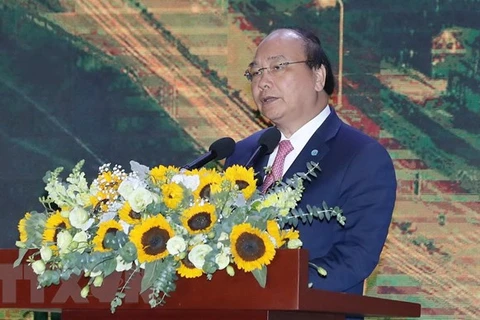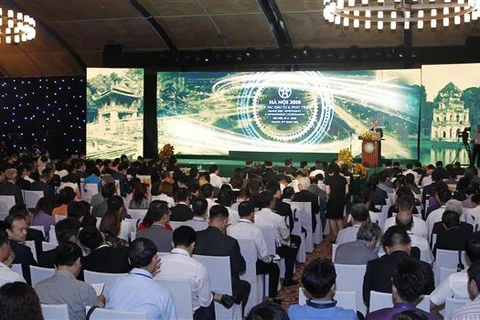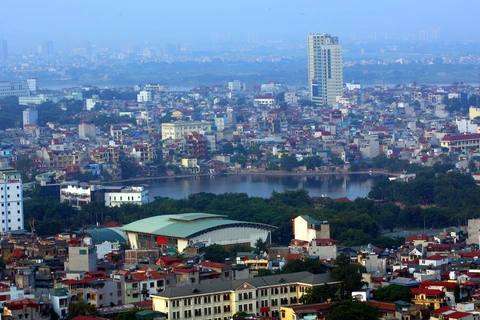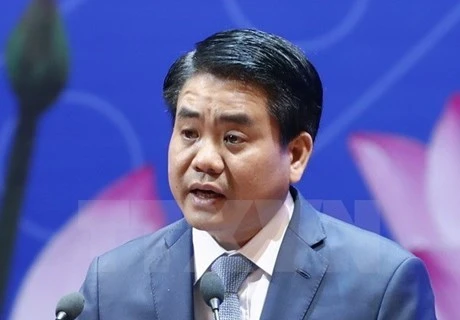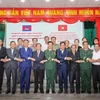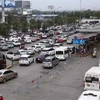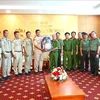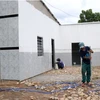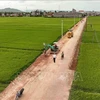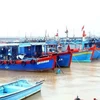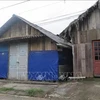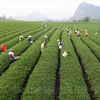Hanoi (VNA) – Hanoi will mark 10 years of the expansion of its administrative boundary on August 1 this year.
The expansion, carried out under the 12th National Assembly’s Resolution 15/2008/QH12, was a historic event with long-term and comprehensive impacts and influence on the capital city’s political, economic and social situation.
After the expansion, the city’s economy continued to develop at a high rate. The annual Gross Regional Domestic Product (GRDP) growth rate averaged 7.4 percent in the 2008-2017 period, and per capita income in 2017 stood at 86 million VND (3,910 USD), a 2.3 time increase compared to 2008, the year of the transition.
Hanoi has successfully mobilised and effectively used resources for its development, especially investment in technical and social infrastructure. A series of modern and large-scale infrastructure projects have been completed during the period, including the T2 terminal of Noi Bai international airport, the elevated Belt Road No.3, the Nhat Tan-Noi Bai highway, the extended National Road No 5, several new bridges across the Hong (Red) River and seven flyovers in the city, contributing greatly to easing traffic jam in the inner city.
Towards the goal of building a modern capital city, Hanoi also focused efforts on building new-style rural areas, gaining remarkable achievements, one of which is the smaller gap in living conditions between urban and rural areas.
During the past decade, the city has mobilised an average 1.8 trillion VND (78.39 million USD) a year for the field. Per capita income in rural areas increased threefold between 2008 and 2017, reaching 38 million VND a year in 2017.
On the foundation of its achievements in the past 10 years and in the context of the country’s accelerating international integration process, Hanoi will have many more opportunities for stronger development across the fields. Furthermore, the Law on the Capital City, which took effect in early 2013, has provided the city with particular mechanisms in some fields, facilitating its management and governance work. The law also stipulates important orientations for the city to develop in a rapid, comprehensive and sustainable manner.
After merging with the whole neighbouring Ha Tay province, Me Linh district of Vinh Phuc province and four communes of Luong Son district, Hoa Binh province, the current Hanoi sprawls over 3,328 square kilometres, tripling the former acreage. The city has 577 communes, districts and townships of 29 districts and towns.-VNA
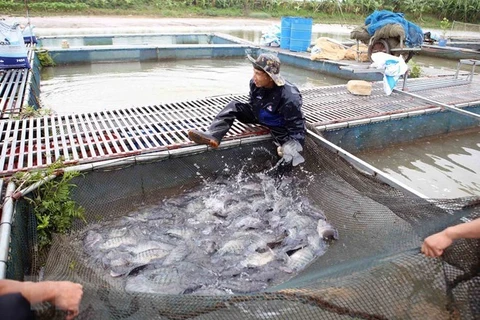
Hanoi sets up large-scale aquatic farming areas in eight districts
Hanoi has established 56 areas for large-scale aquaculture production in eight rural districts, according to the municipal Department of Agriculture and Rural Development.

